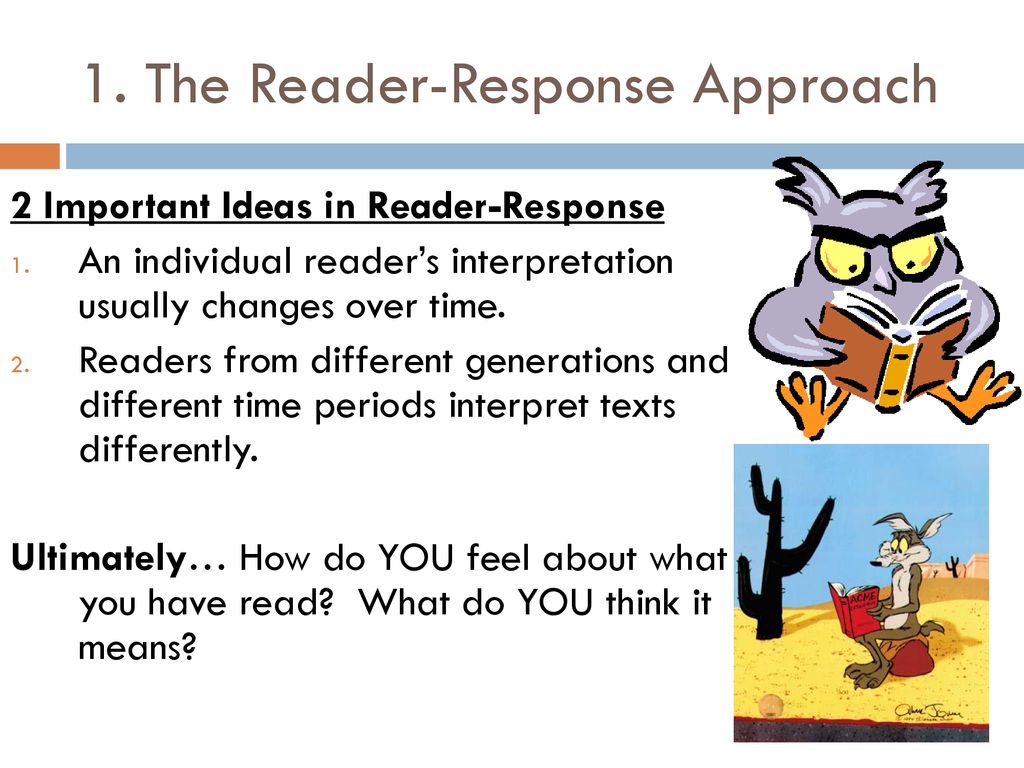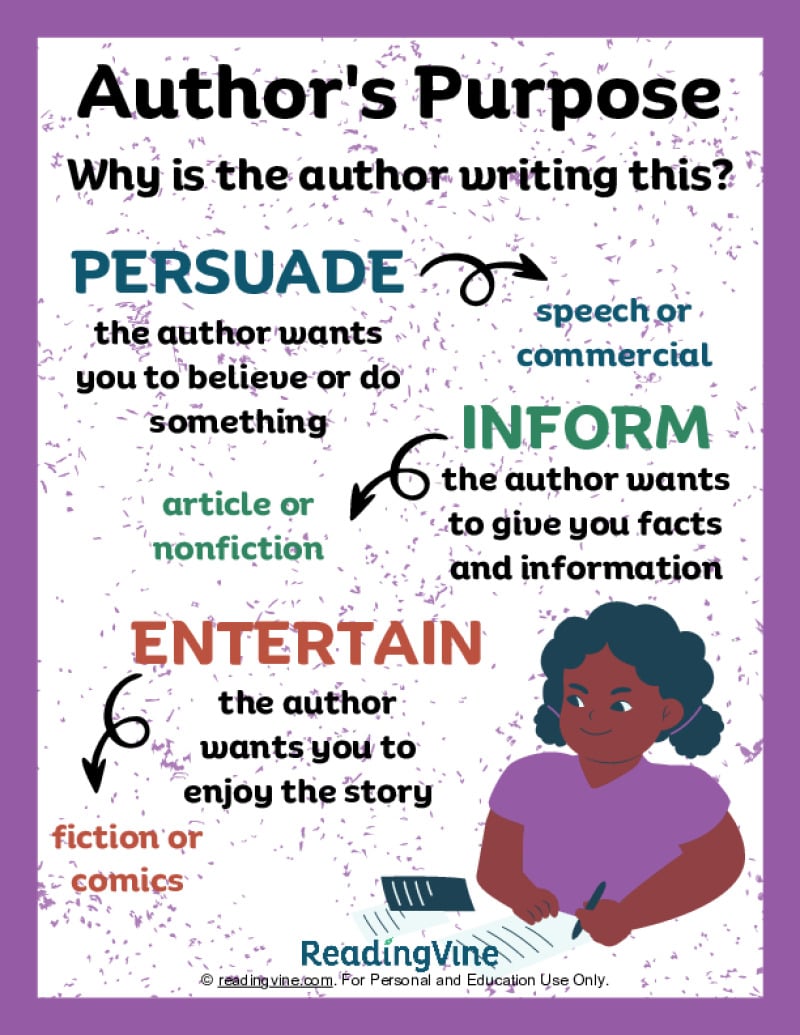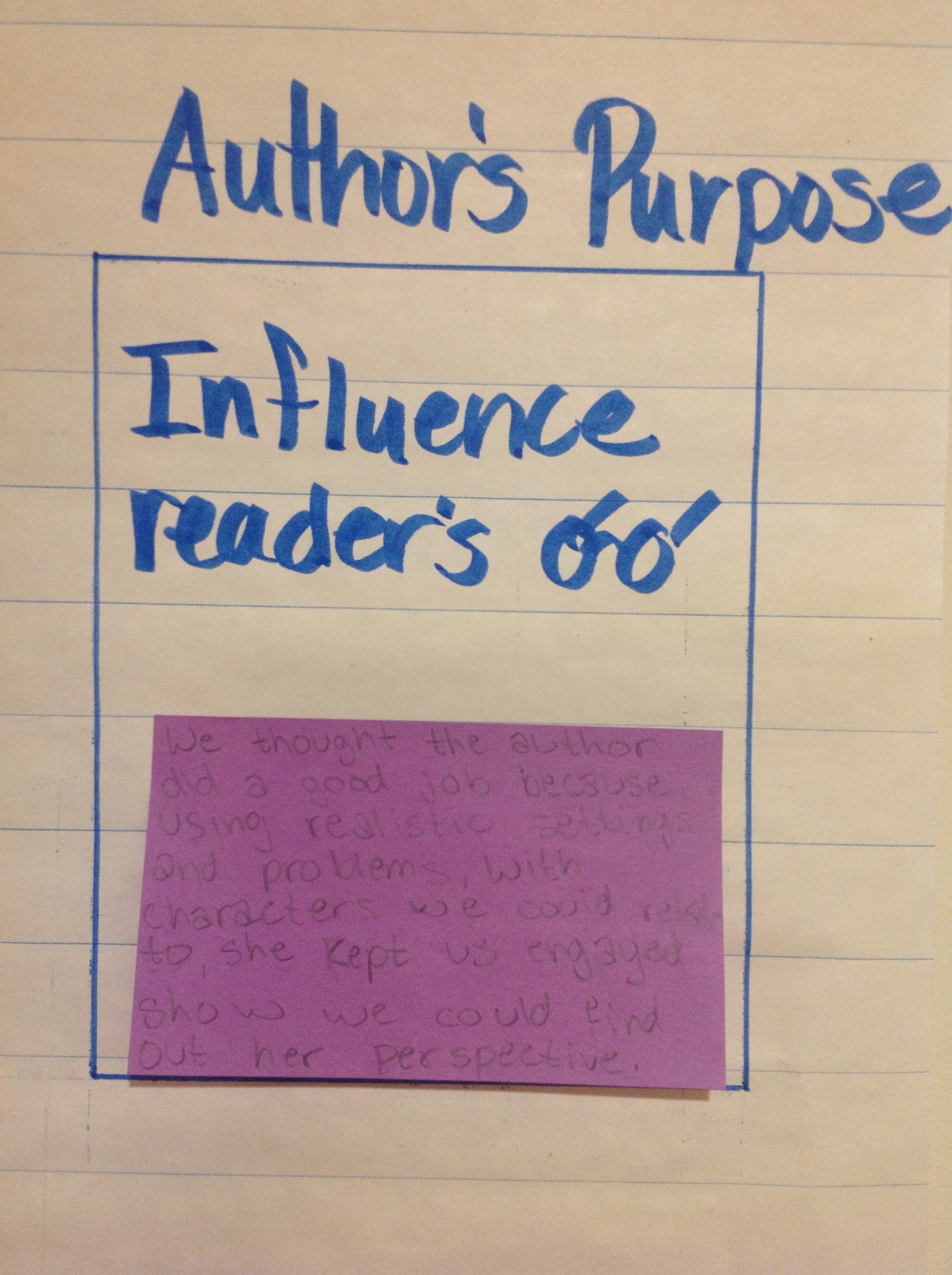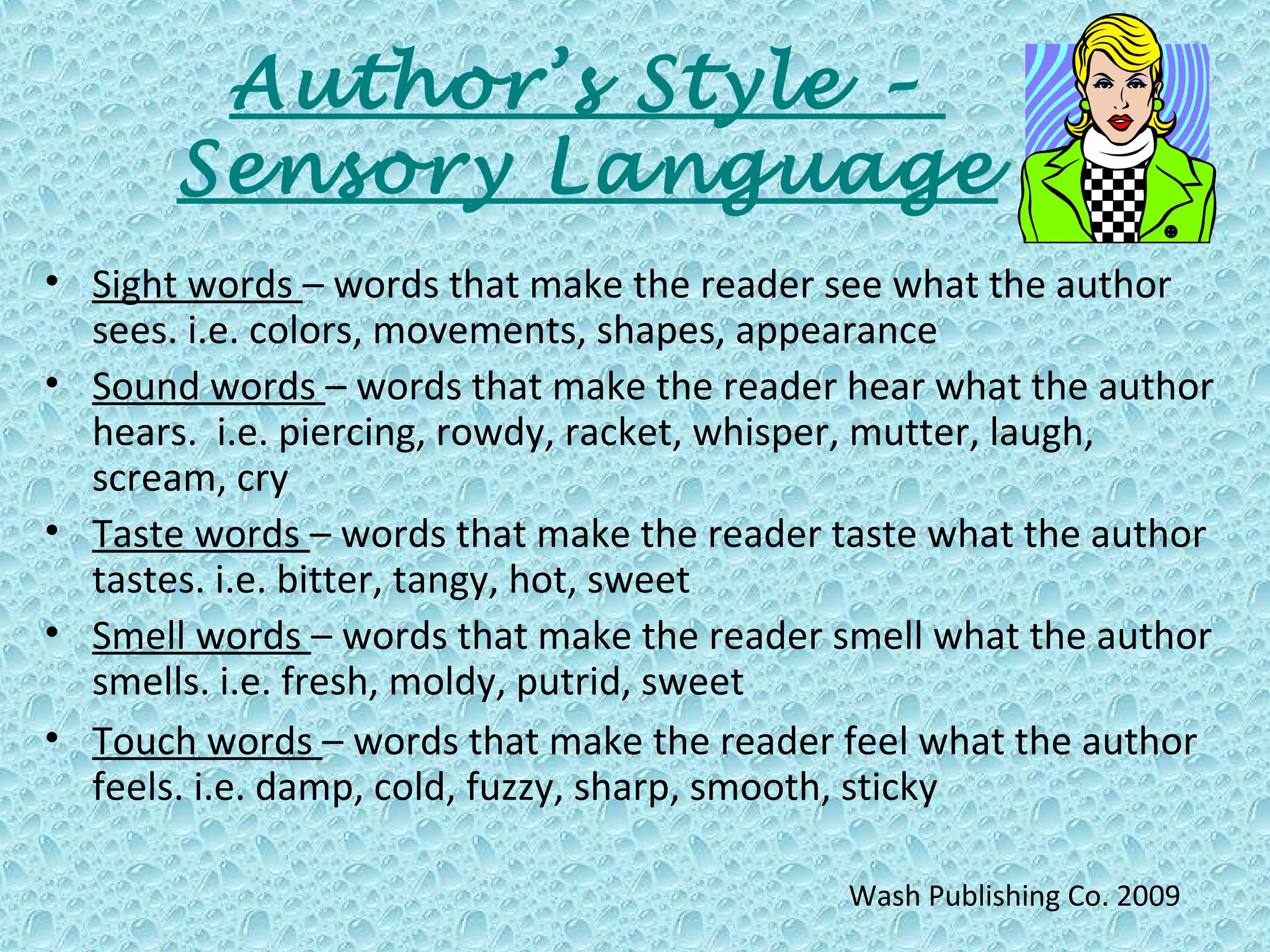When A Reader Evaluates An Author's Style The Reader
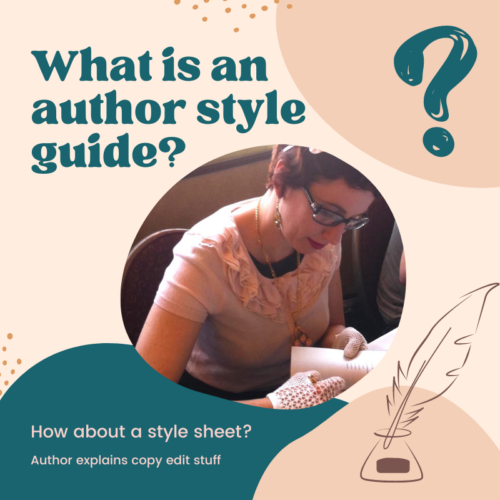
Imagine settling into your favorite armchair, a steaming mug of tea at your side, and a brand new book resting in your lap. The scent of freshly printed pages fills the air as you turn to the first chapter. But something’s different this time. You’re not just reading for the plot, the characters, or the escape. You’re actively dissecting the author's voice, the rhythm of their sentences, the very essence of their style.
At its core, the act of a reader evaluating an author's style is a complex dance between perception and artistry. It's an exploration of how language shapes meaning and how an author's unique voice resonates – or doesn't – with the individual sensibilities of the reader.
But what exactly goes into this evaluation, and why does it matter?
The Anatomy of Style
Style, in writing, is more than just grammar and vocabulary. It’s the author’s fingerprint on the page, the sum total of their linguistic choices that create a distinct effect.
Think of it as the author's personality shining through their words. It includes sentence structure, tone, figurative language, and pacing.
Analyzing these elements allows the reader to understand the author's intent and the impact their writing has on the audience.
Sentence Structure: The Rhythmic Pulse
The length and complexity of sentences significantly impact the reading experience. Short, declarative sentences can create a sense of urgency or directness.
Long, flowing sentences, on the other hand, can evoke a sense of contemplation or detail.
An author’s skillful manipulation of sentence structure can create a rhythm that either propels the reader forward or encourages them to slow down and savor the language.
Tone: The Emotional Landscape
The tone of a piece of writing is the author's attitude toward their subject matter and audience. It can be formal, informal, humorous, serious, sarcastic, or any number of other emotional registers.
A reader's perception of the tone greatly influences their understanding and enjoyment of the text.
For example, a satirical piece might be misinterpreted if the reader doesn't recognize the underlying irony.
Figurative Language: Painting with Words
Similes, metaphors, analogies, and personification add depth and richness to writing. They allow authors to convey complex ideas in vivid and memorable ways.
Effective use of figurative language can elevate a piece of writing from functional to artistic.
However, overuse or inappropriate use can feel forced or confusing.
Pacing: The Speed of the Story
Pacing refers to the speed at which the story unfolds. A fast-paced narrative might be filled with action and short scenes.
A slower-paced narrative might focus on character development and atmosphere.
The author's choice of pacing should be deliberate and serve the overall purpose of the story.
The Reader's Role: An Active Participant
The reader is not a passive recipient of information but an active participant in creating meaning. Their background, experiences, and preferences all shape their interpretation of the author's style.
What one reader finds elegant and evocative, another might find pretentious and convoluted.
This subjectivity is what makes the evaluation of style so fascinating and complex.
Subjectivity vs. Objectivity
While personal preferences inevitably play a role, it's important to strive for a degree of objectivity when evaluating an author's style. This involves considering the author's intentions, the context of the work, and the effectiveness of their linguistic choices.
Is the author's style appropriate for the genre and target audience? Does it enhance or detract from the overall message?
These are the kinds of questions that can help readers move beyond purely subjective judgments.
The Impact of Genre
Genre conventions also influence how a reader perceives an author's style. What is considered acceptable or even desirable in one genre might be frowned upon in another.
For example, flowery prose might be perfectly appropriate in a fantasy novel but feel out of place in a news report.
Understanding genre expectations is crucial for a fair and accurate evaluation of style.
Why Style Matters
An author’s style is not merely decorative; it is integral to the meaning and impact of their work. It shapes how readers connect with the characters, understand the themes, and experience the story.
A strong, distinctive style can make a book unforgettable.
A weak or inconsistent style can undermine even the most compelling plot.
Building Connection
A well-crafted style can create a sense of intimacy between the author and the reader. It can feel like the author is speaking directly to you, sharing their thoughts and feelings in a personal and authentic way.
This connection can enhance the emotional impact of the story and make it more memorable.
Conversely, a detached or impersonal style can create a barrier between the author and the reader.
Enhancing Understanding
An author's style can also clarify or complicate the meaning of their work. A clear and concise style can make complex ideas more accessible.
A more ambiguous or experimental style can challenge readers to think critically and engage with the text on a deeper level.
The key is for the style to serve the overall purpose of the work.
Examples in Literature
Consider the stark, minimalist style of Ernest Hemingway. His short, declarative sentences and avoidance of flowery language create a sense of realism and immediacy. This style perfectly complements the themes of his stories, which often deal with war, loss, and masculinity.
In contrast, Virginia Woolf employed a stream-of-consciousness style, characterized by long, meandering sentences and a focus on the inner thoughts and feelings of her characters.
This style allows readers to experience the world from the perspective of the characters and to delve into the complexities of the human mind.
The Ever-Evolving Style
An author's style is not static. It evolves over time as they experiment with different techniques and refine their craft. Some authors consciously adapt their style to suit different genres or audiences.
Others develop a signature style that is instantly recognizable regardless of the subject matter.
The journey of an author's style is a testament to the power and versatility of language.
The Reader's Growth
Evaluating an author’s style is not just about critiquing their writing. It is also about enhancing the reader's own understanding of language and literature. By paying attention to the nuances of style, readers can become more discerning and appreciative of the art of writing.
This critical engagement can enrich their reading experience and deepen their connection with the world of books.
Ultimately, it transforms them from passive consumers of stories into active participants in the literary conversation.
So, the next time you pick up a book, take a moment to consider the author's style. Listen to the rhythm of their sentences, observe their use of language, and allow yourself to be transported by their unique voice. You might be surprised by what you discover.
The conversation between the author and the reader extends far beyond the plot line, diving deep into the essence of how stories are told. And it is in that interaction where a book truly comes alive.









